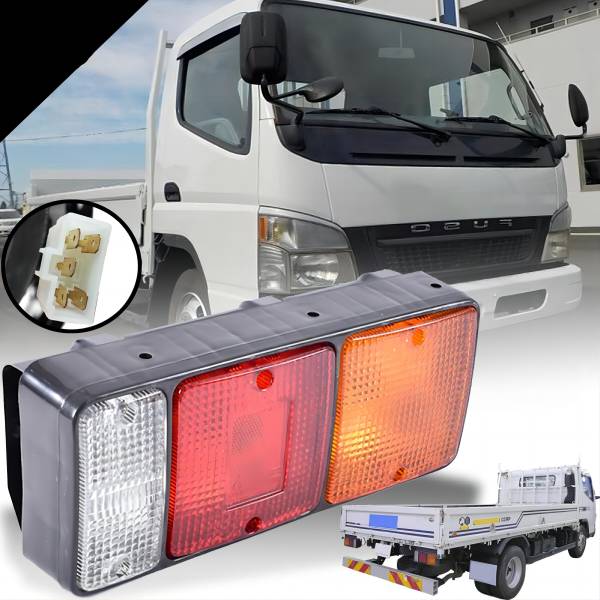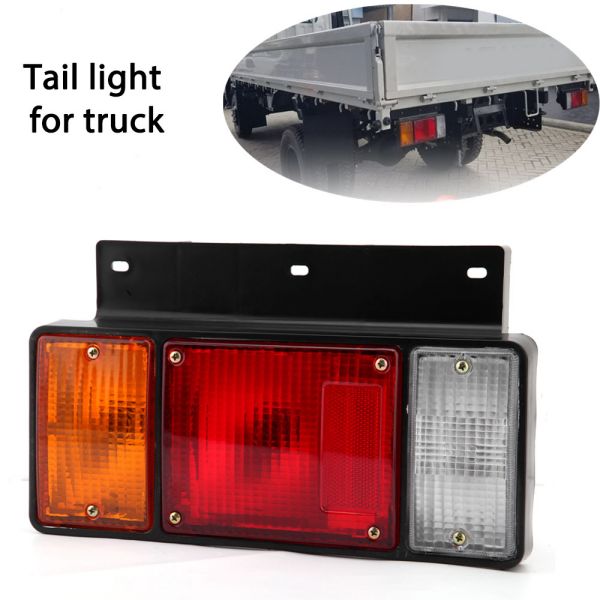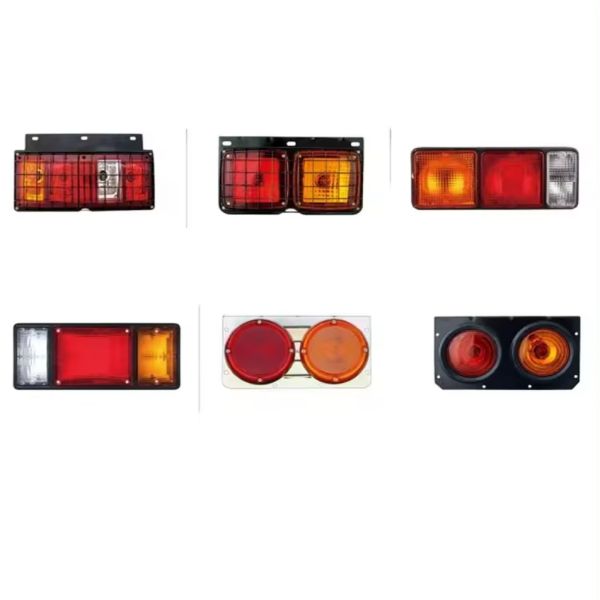Register an account | Forget the password
Become our member and enjoy discounts on purchases in this mall
Car taillights are essential for the safety of drivers and passengers, as well as for other road users. They ensure visibility, especially in low light conditions, and indicate braking and turning intentions. When a car tail light fails, it can lead to dangerous situations and potential accidents. Understanding the causes of taillight failure is crucial for maintenance and prevention. This article explores the common reasons behind car taillight failures, with a focus on standard car tail lights, custom tail lights, and LED tail lights.
Common Causes of Car Taillight Failure
1.Burnt Out Bulbs
The most frequent cause of car tail light failure is a burnt-out bulb. Traditional incandescent bulbs have a limited lifespan and eventually burn out, requiring replacement. Regular inspection can help identify and replace burnt-out bulbs promptly.
2.Electrical Issues
Faulty wiring or a blown fuse can lead to car tail light failure. Over time, wires can become frayed or corroded, disrupting the electrical connection. A blown fuse, often a result of an electrical surge, can also prevent the tail lights from functioning.
3.Socket Issues
The socket where the bulb is inserted can sometimes become damaged or corroded. This can hinder the electrical connection between the bulb and the vehicle, leading to intermittent or complete failure of the tail light.
4.Water Intrusion
Moisture entering the tail light assembly can cause significant problems. Water can corrode the internal components, short out the electrical system, and cause the bulb to fail. Ensuring the tail light assembly is properly sealed can prevent water intrusion.


Custom Tail Lights and Improper Installation
Custom tail lights are popular for personalizing and enhancing the look of a vehicle. However, improper installation of custom tail lights can lead to failure. Incorrect wiring or incompatible components can disrupt the electrical system and cause the lights to malfunction.
1.LED Tail Light Issues
Driver Failure: LEDs require a driver to regulate the power supply. If the driver fails, the LED tail light will not function correctly.
Heat Damage: Although LEDs generate less heat than traditional bulbs, poor heat management can still cause damage over time.
Manufacturing Defects: Occasionally, manufacturing defects can lead to premature failure of LED tail lights.
LED tail lights are known for their durability and energy efficiency. However, they can still fail due to specific issues:
2.Regular Inspections
Regularly inspect your car tail lights to ensure they are functioning correctly. This includes checking the bulbs, wiring, and sockets for any signs of damage or wear.
3.Proper Installation
If installing custom tail lights, ensure they are compatible with your vehicle and installed correctly. It is often best to have a professional handle the installation to avoid electrical issues.

4.Protect Against Moisture
Ensure that the tail light assemblies are properly sealed to prevent water from entering and causing damage. Replace any damaged seals promptly.
5.Use Quality Components
Investing in high-quality bulbs, LED tail lights, and components can reduce the likelihood of failure. Quality parts are often more reliable and durable.
6.Address Electrical Issues Promptly
If you notice flickering or intermittent operation of your tail lights, address the issue immediately. This could indicate a problem with the wiring or electrical system that needs professional attention.
Car tail light failure can result from various issues, including burnt-out bulbs, electrical problems, socket damage, water intrusion, and improper installation of custom tail lights. LED tail lights, while generally more reliable, can also experience failures due to driver issues, heat damage, or manufacturing defects. Regular inspection, proper installation, moisture protection, and the use of quality components are essential in preventing taillight failure. By understanding these causes and taking preventive measures, drivers can ensure their tail lights function correctly, enhancing safety on the road.